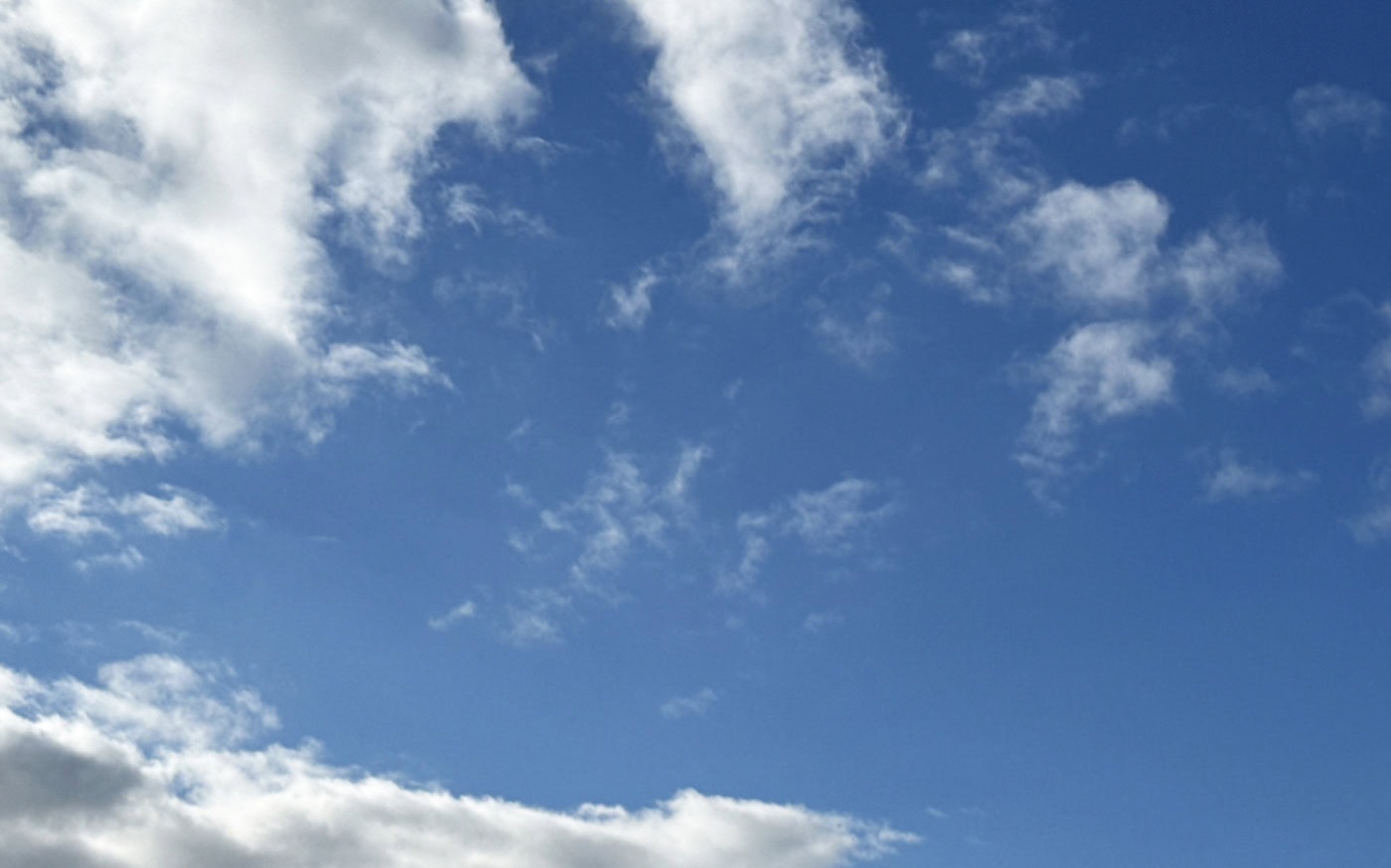Stilling the body
Step 4
Step 4 brings us to the culmination of the first phase of Anapana practice. This is where our mindfulness exercises have been leading us.
4. One trains oneself, “Stilling reactive movements of body I’ll breathe in;”
one trains oneself, “Stilling reactive movements of body I’ll breathe out.”
The language of Step 4 tells us that this is a training, one that leads to a bodily stilling, and that we continue to be aware of our breathing while practising this step. More precisely it speaks of a stilling of "reactive movements of the body".
That isn't an exact translation of the Pāli text (kāya-saṅkhāra) but it's one that I hope will be helpful as we practise this step. A closer translation might be "conditioning factors of the body".
A guided meditation on Steps 1 to 4
To play audio use this player
To download audio right-click on player
Another guided meditation on Steps 1 to 4.
To play audio use this player
To download audio right-click on player
Underlying conditions
Why do we find it difficult to sit still? Look around you at other people, especially when they don't know you're looking. See how many little, unnecessary movements they make. They may shift position in their chair, cross and uncross their legs, move their feet, move hands or arms, scratch themselves, and many other little movements, all apparently for no real reason. And then notice that you do just the same. Even when we sit in meditation practice, the urge to move builds up until we have to satisfy it in some way.
Much of the time we're reacting unconsciously to some discomfort. We think a different position will be more comfortable. Much of the time too it's just habit. We're always moving about, so even when sitting we continue to move. Bodily movements can also betray not so much a physical discomfort, but a psychological discomfort. When we're anxious about something, we can't sit still. We get up, move about and just can't settle to anything. When we're feeling some emotion, that often keeps us on the move too.
At times like these some underlying "conditioning factor" is affecting our behaviour. Emotions, fear and anxiety, a desire for greater comfort, a desire to satisfy some curiosity, and all sorts of other factors may be at play, keeping the body in motion. Stress or tension often leave us unable to sit still, and many of us suffer varying degrees of stress in our lives.
Training to sit still
Telling ourselves to sit still really doesn't work. It's more likely to make us tense up, and then the urge to move is even greater. Developing the stillness of Step 4 has to come from within, from a calming of whatever "underlying conditions" may be present, calming whatever reactivity is giving rise to our movements.
The text asks us to train ourselves to still those movements, but the way to do that is to develop Steps 1 to 3. The stillness of Step 4 comes as we focus on knowing our breaths and experiencing the whole body. In fact, the subtle sensations we seek in order to feel the whole body are really helped when we are still. Any movement brings a change to our posture, even if very slight, and changes the sensations.
The whole of the threefold awareness we've been developing helps. Each part of it plays a role in reducing any stress-level we may have, reducing the tension we may feel. Giving ourselves wholly to practising that awareness is what changes our underlying condition and leads to the stillness of Step 4.
Yet you may find there's something unpredictable about Step 4. Sometimes I find that if I become distracted from my practice by a thought, that when I return to the practice, the stillness has arrived. Perhaps I relaxed a little more, or perhaps it really is unpredictable. But when the whole-body stillness arrives, you know it. You are able to sit unmoving for as long as you like, hearing, knowing each breath and experiencing the whole body.
Exercise 4, Stilling the whole body, summary
- Sit as before, relax, and let your eyes close.
- Begin to develop the threefold awareness, just hearing, knowing the breath, and experiencing the whole body.
- Don't be too concerned about any movements you notice, just maintain your broad and dispassionate awareness.
- Allow the stillness time to develop. It may come, or it may not.
- When the stillness does arise, enjoy it.
- Sit, still focussed on your threefold awareness, for as long as you like.
- When you feel "enough is enough" for now, open your eyes, and move on unhurriedly to whatever awaits you next.

